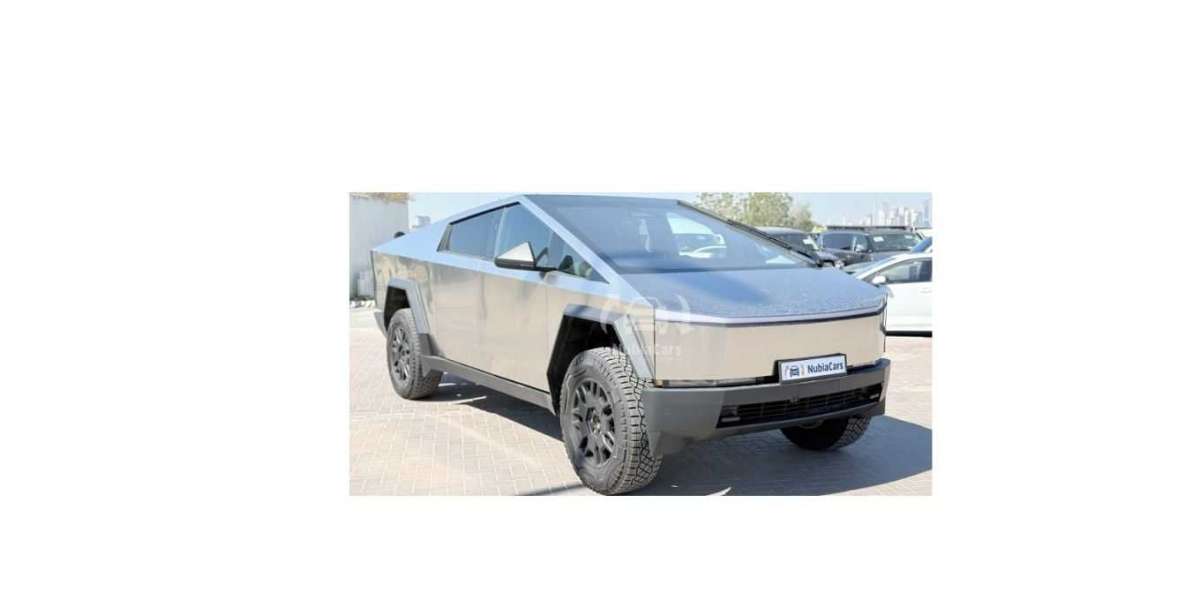Exporting a car to another country can be an exciting and rewarding process. Whether you are relocating, selling your car overseas, or sending it to a family member abroad, proper preparation is important. If you skip the steps or don’t follow the right process, it may cause delays, fines, or even loss of the vehicle.
In this blog, we will guide you through smart and simple strategies to prepare your car for export. These strategies will help you understand what needs to be done, avoid common mistakes, and ensure your car is ready for a smooth export process.
What Does Exporting a Car Mean?
Note : Clients had chosen a Dubai car for export after reviewing top models available with full documentation. The process had been made smooth and secure by trusted dealers. For reliable car export solutions, connect with Nubia Cars today.
Sending Your Vehicle from One Country to Another
Car export means sending a vehicle from your home country to another country. This can be done by sea (in containers or on a ship), by air (for expensive or urgent shipments), or by land (if borders allow it).
There are specific rules, paperwork, and processes that must be followed depending on the country you're exporting from and the destination country.
Why Proper Preparation Is Important Before Export

Avoid Delays, Fines, or Legal Trouble
Many people assume that exporting a car is just about booking a shipment. But there’s more to it. You need to follow rules, arrange documents, and make sure your car meets the laws of the destination country. Preparing well in advance will help you:
- Save time
- Avoid penalties
- Protect your vehicle
- Get customs clearance easily
Step-by-Step Strategies to Prepare Your Car for Export
Let’s now walk you through the smart strategies you should follow.
1. Check the Import Rules of the Destination Country
Every Country Has Its Own Rules
Before doing anything else, research the import rules of the country where the car is going. Some countries have restrictions on:
- Car age limits (for example, no cars older than 5 years)
- Steering wheel side (left-hand vs right-hand drive)
- Emission standards and modifications
You can check this information on the customs website of that country or ask a trusted export agent.
2. Gather and Prepare the Required Documents
Documentation Is the Backbone of the Export Process
You will need to collect and prepare several documents for car export. Missing any of these may delay the shipment or lead to rejection at customs.
Some commonly required documents include:
- Original car title (ownership certificate)
- Bill of sale or proof of purchase
- Export declaration form
- Copy of your ID or passport
- Shipping instructions
- Vehicle inspection certificate (if needed)
Make sure all documents are complete, accurate, and up to date.
3. Clear Any Outstanding Loans or Liens
You Must Own the Vehicle Fully
If your car is still under finance or has an unpaid loan, you cannot export it without permission from the lender. The vehicle must be “clear” of any liens.
Steps to do this:
- Contact the lender
- Pay off the balance if needed
- Get a lien release letter confirming you are the legal owner
This letter is often required during customs clearance.
4. Get the Car Properly Inspected and Serviced
Make Sure It’s in Good Working Condition
Before export, your car should be in proper condition. A professional inspection is important because:
- It helps find any mechanical or electrical issues
- It ensures the car is safe to drive in the destination country
- Some countries require inspection certificates for import approval
Also, get basic servicing done such as oil change, battery check, brake inspection, and tire pressure check.
5. Remove All Personal Belongings from the Car
Don’t Leave Anything Behind
Shipping companies and customs do not allow personal items inside the car during export. This includes:
- Clothes
- Bags
- Gadgets
- Loose tools or accessories
Clean your car completely, including the glove box, trunk, and under the seats. Leaving items inside may cause delays or fines during inspection.
6. Take Clear Photos of the Car Before Shipping
Protect Yourself from Damage Claims
Before handing over your car to the shipping company, take high-quality photos from all angles. This includes:
- Front, rear, and side views
- Interior dashboard and seats
- Tires and undercarriage
- Close-ups of any existing scratches or dents
These photos will help if you need to file an insurance claim for any damage that may happen during transit.
7. Choose a Reliable Shipping Company
Experience and Reputation Matter
Picking the right shipping company is very important. You want someone with experience in car export, good customer reviews, and proper licenses.
Ask the company:
- What kind of insurance do they offer?
- Do they provide door-to-port or port-to-port service?
- How long will the shipping take?
- Do they offer tracking updates?
Make sure to read the contract carefully before signing.
8. Decide Between Container Shipping and Roll-On/Roll-Off (RoRo)
Choose the Right Shipping Method for Your Needs
There are two main ways to ship a car overseas:
1. Container Shipping:
Your car is placed inside a secure container. This method is more expensive but offers better protection from weather and theft.
2. Roll-On/Roll-Off (RoRo):
Your car is driven onto a ship and parked with other vehicles. It’s cheaper but offers less protection.
Pick the method that best fits your budget and car value.
9. Buy Insurance for the Shipment
Protect Your Car During Transit
Even with a reliable company, accidents or theft can happen during shipping. That’s why getting insurance is a smart move.
Types of coverage:
- Basic insurance: Usually included by the shipping company, but may have limited protection.
- Full coverage insurance: Covers total loss, damages, or theft.
Check the terms carefully and ask about coverage limits before buying.
10. Plan for Customs Clearance at the Destination Port
Know What to Expect When the Car Arrives
Once your car reaches the destination country, it will go through customs clearance. To make this process smooth:
- Hire a local customs agent
- Submit all required documents early
- Pay any duties, taxes, or fees
Each country has its own process, so be sure to stay updated through your shipping company or customs agent.
Bonus Tips to Make Car Export Even Smoother
Here are a few extra tips that can make your export experience better:
1. Disable the Car Alarm Before Shipping
An active alarm may cause problems during loading or unloading. Disable it or give instructions to the shipping crew.
2. Keep the Fuel Tank One-Quarter Full
Too much fuel is not allowed due to safety regulations. Keep the tank about 1/4 full to allow for loading and unloading but stay within limits.
3. Fold in Side Mirrors and Secure Loose Parts
To avoid damage, fold the side mirrors and secure any antennas, spoilers, or accessories.
4. Get a Copy of the Vehicle Shipping Schedule
Stay informed by asking for a copy of the schedule with the estimated departure and arrival dates.
Conclusion: Be Smart and Prepared for a Hassle-Free Export
Exporting a car is a big task, but it doesn’t have to be stressful. If you follow these smart strategies, prepare the documents, and choose a trusted shipping partner, your car will reach its destination safely and on time.
Take your time to plan everything step by step. Doing so will save money, time, and energy later.
For more insightful articles related to this topic, feel free to visit zeustrahub








